Peptide DSIP / Delta Sleep Inducing Peptide (2 mg / vial)
Descripción:
DSIP (Delta Sleep-inducing Peptide) is a neuropeptide found in the hypothalamus, pituitary, and adrenal glands.Its isolation has allowed for extensive research which has found several possible primary and peripheral roles of this peptide. First, DSIP has been shown to induce sleep.Second, it may have benefits as an analgesic in treatment of chronic pain, sometimes as an adjunct treatment. Third, DSIP has been shown to block ACTH release and decrease levels of ACTH, stimulate LH release, and act as an inhibitor of the secretion of somatostatin. The source of production of DSIP is yet unknown; It may be produced in the central nervous system or in a peripheral organ. It is thought to pass. Through the blood-brain barrier (BBB) more easily than most known neuropeptides. As mentioned, DSIP has shown positive results in inducing slow-wave EEG (sleep). It has been shown to help treat narcolepsy and restore disturbed sleep patterns to normal sleep rhythms. It has been found in both free and bound forms in the hypothalamus, limbic system and pituitary as well as various peripheral organs, tissues and body fluids.It is abundant in the gut secretory cells and in the pancreas where it co-localises with glucagon. In the brain its action may be mediated by NMDA receptors. In another study Delta sleep-inducing peptide stimulated Acetyltransferase activity through α1 receptors in rats. It is unknown where DSIP is synthesized. In vitro it has been found to have a low molecular stability with a half life of only 15 minutes due to the action of a specific aminopeptidase-like enzyme.It has been suggested that in the body it complexes with carrier proteins to prevent degradation, or exists as a component of a large precursor molecule, but as yet no structure or gene has been found for this precursor.
Solicitud:
Delta sleep-inducing peptide, abbreviated DSIP, is a neuropeptide that when infused into the mesodiencephalic ventricle of recipient rabbits induces spindle and delta EEG activity and reduced motor activities. Many roles for DSIP have been suggested following research carried out using peptide analogues with a greater molecular stability and through measuring DSIP-like immunological (DSIP-LI) response by injecting DSIP antiserum and antibodies.
How To Use:
Like most peptides, this formula comes in a dried format, which means that you will need to reconstitute it yourself. When you do so, you must use bacteriostatic water, as it is safe and sterile. Once you’ve diluted the formula, you may inject it via a needle and syringe. When it comes to self-injection, educate yourself and be careful. You’ll need to learn safe self-injection techniques. Peptides typically come with full instructions, so you should be able to read these instructions in order to figure out how to make the solution and then inject it. Sin embargo, we recommend that you speak with your doctor about how to inject this formula safely. It will be the key to enjoying the benefits of DSIP and minimizing the risk of side effects.
In terms of side effects, this peptide may cause drowsiness. Sin embargo, this is the effect that most people are looking for. The jury is still out on other side effects which are related to this cutting- edge peptide injectable.
|
péptido
|
| MGF (2mg) |
HGH 176-191 (2mg) |
| PEG MGF (2mg) |
CJC-1295 (2mg) |
| DSIP (2mg) |
CJC-1295 DAC (2mg) |
| TB500 (2mg) |
GHRP-2 (5mg / 10mg) |
| Oxitocina (2mg) |
GHRP-6 (5mg / 10mg) |
| Hexarelin (2mg) |
Selank (5mg) |
| Triptorelina (2mg) |
epitalon (10mg) |
| Ipamorelin (2mg) |
PT-141 (10mg) |
| Sermorelin (2mg) |
melanotan yo (10mg) |
| Gonadorelina (2mg / 10mg) |
Melanotán II (10mg) |
| Tesamorelin (2mg) |
ACE031 (1mg) |
| BPC157 (2mg) |
Folistatina 315 (1mg) |
| AOD9604 (2mg) |
Folistatina 344 (1mg) |






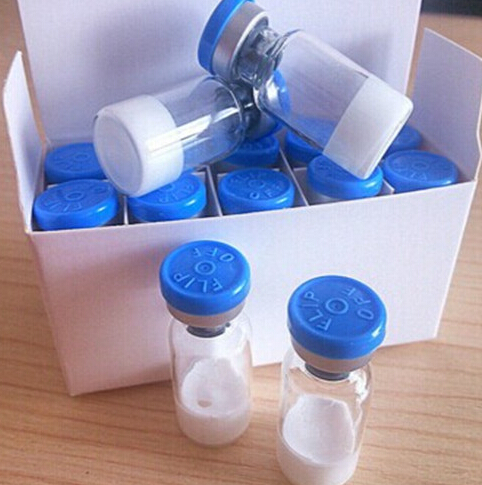
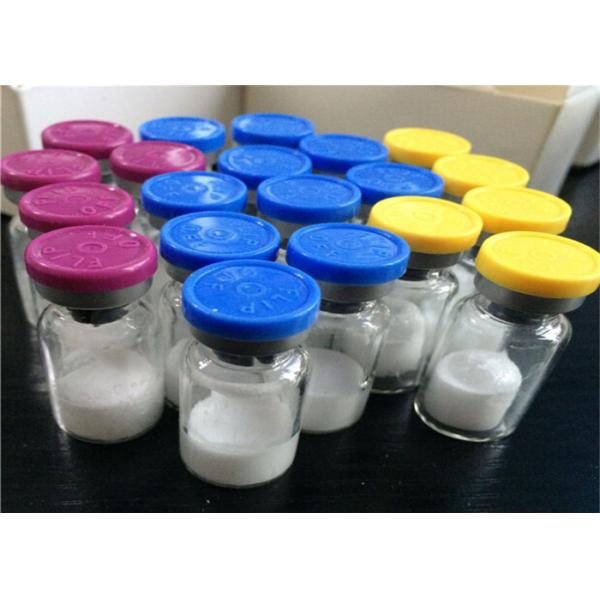
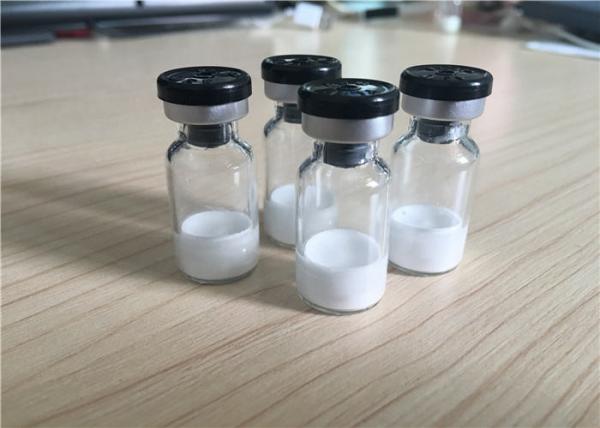
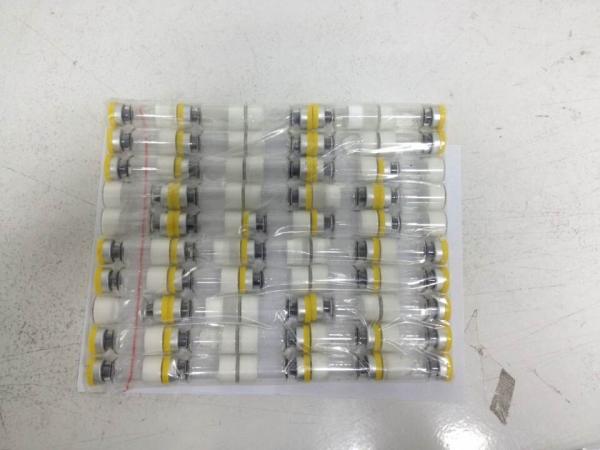
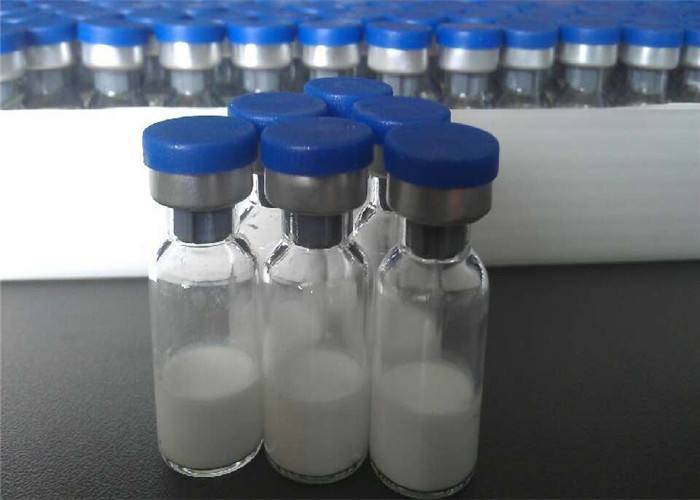



 Gerente de ventas
Gerente de ventas